In 2012 researchers blew puffs of air over cells cultured from the lining of a human nose to simulate a sneeze. They found the cilia cells beat much faster for several minutes. The beating cilia clear away mucus and trapped germs, so sneezing may help quickly ‘reboot’ the nose. In people with sinusitis, the cilia don’t speed up like this, which might explain why sufferers have prolonged sneezing fits!
1. Nose
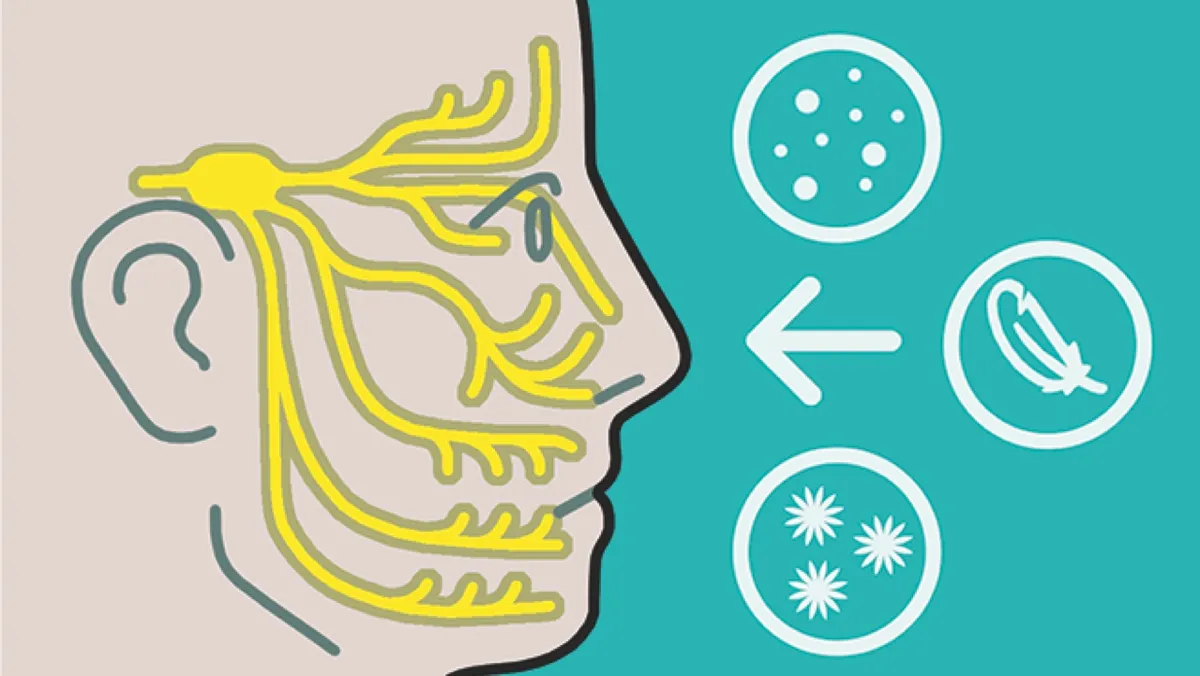
A sneeze begins when dust, chemicals or a light touch stimulate the nerve endings of the trigeminal nerve.
2. Eyes
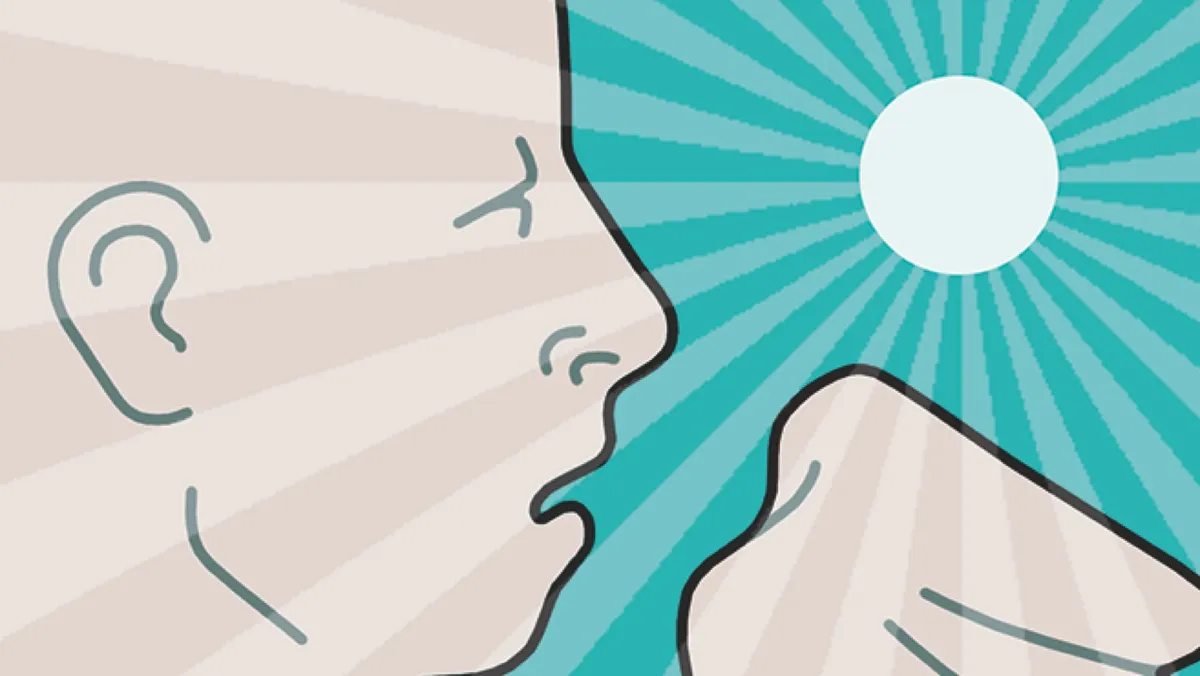
17-35 per cent of people also sneeze when exposed to bright light. This is known as Autosomal dominant, Compelling Helio-Opthalmic Outburst, or ‘ACHOO’.
3. Brain
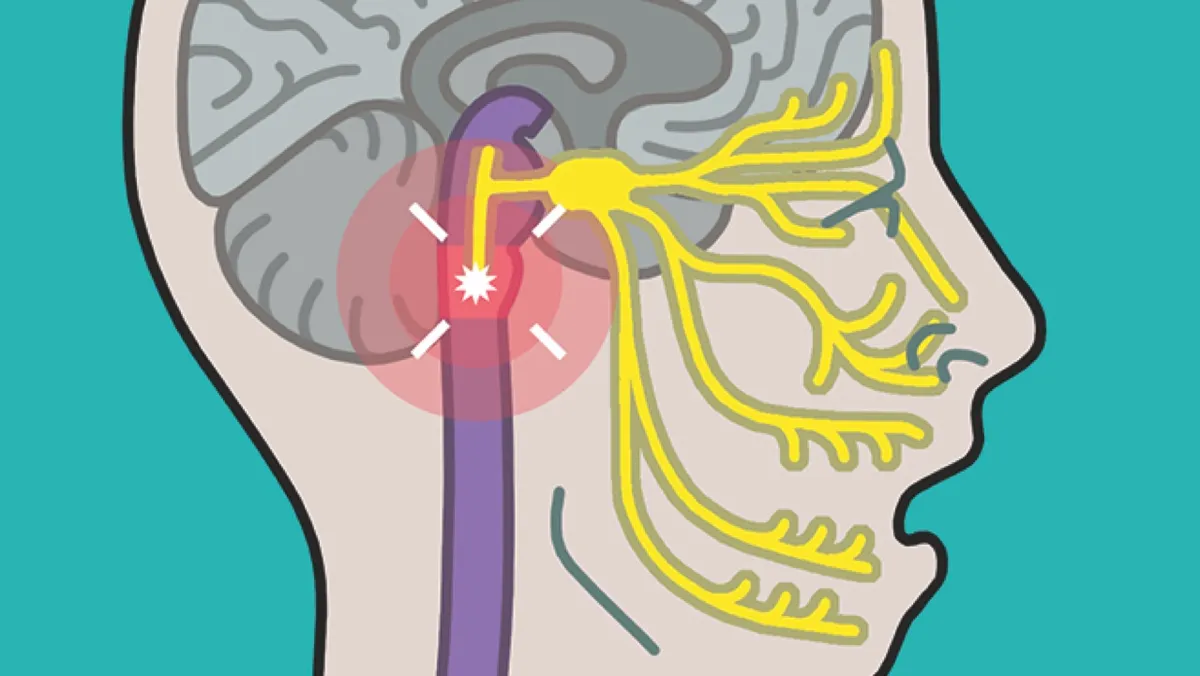
The signals travel to the ‘sneezing centre’ in the lateral medulla of your brain. When they reach a critical threshold, it triggers a sneeze reflex.
4. Diaphragm
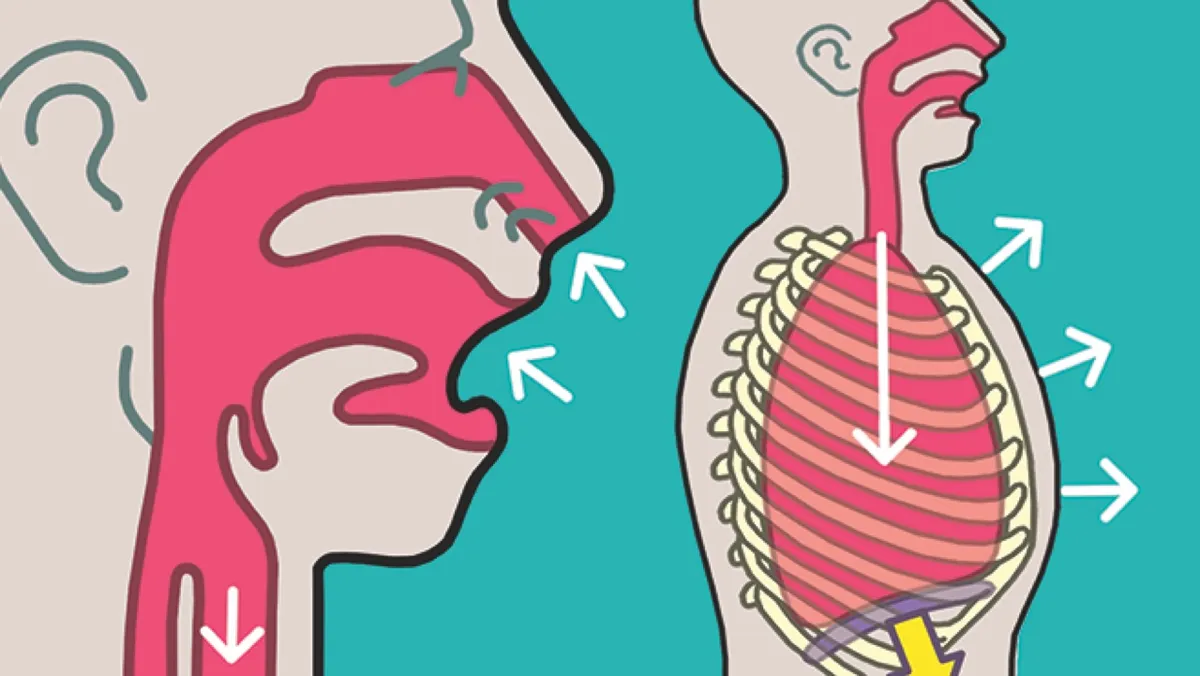
The reflex forces a sudden, deep intake of breath. At this point the chain reaction is unstoppable and a sneeze is inevitable.
5. Glottis
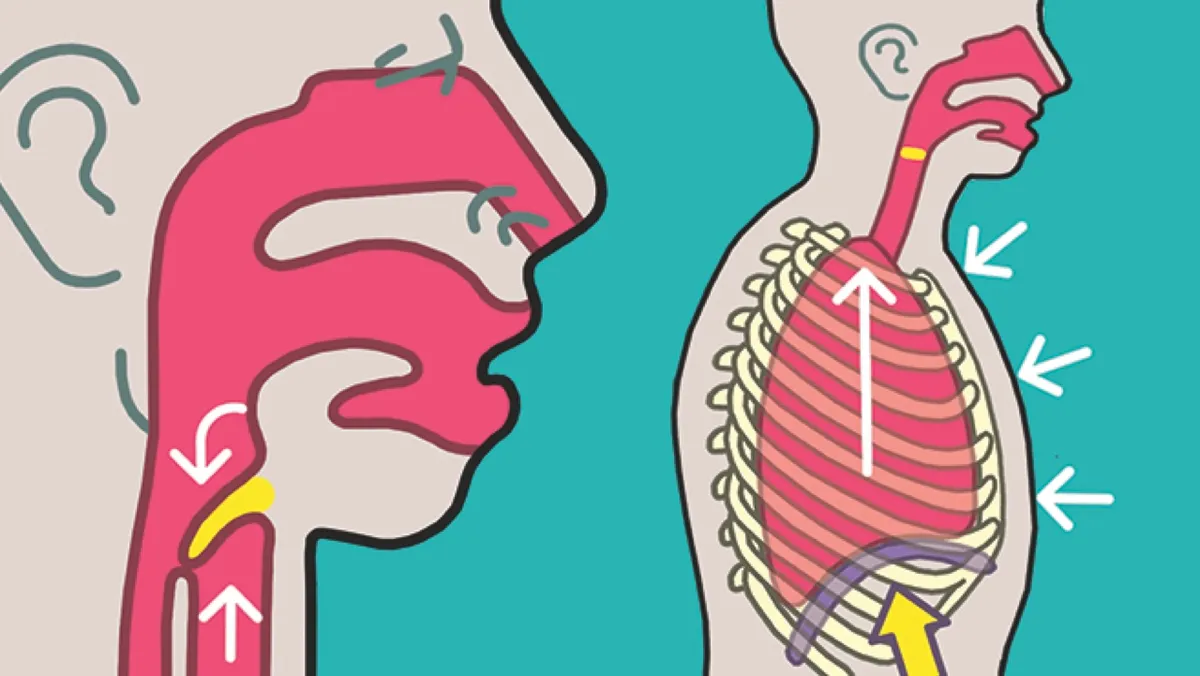
The glottis at the back of your throat squeezes shut as your diaphragm contracts to build up pressure. Your eyes also squeeze shut.
6. Mouth and nose
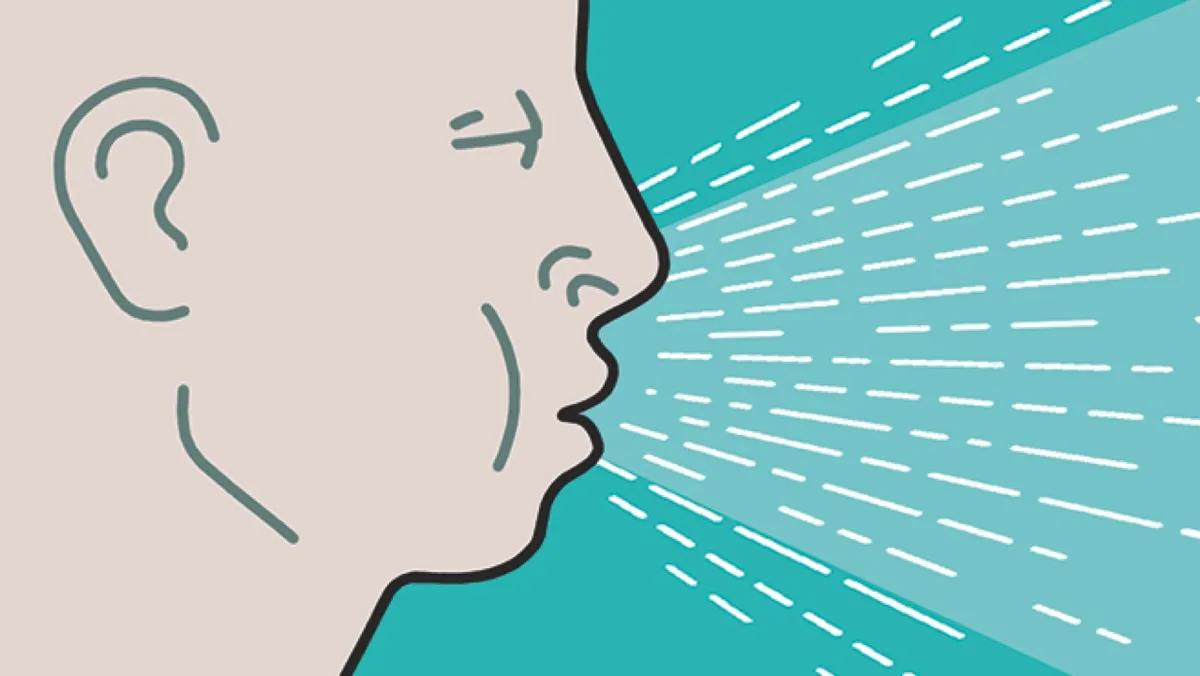
The pressure is released and air, mucus, dust and germs exit through the mouth and nose at up to 160km/h. This ejection lasts just 150 milliseconds.
Subscribe to BBC Focus magazine for fascinating new Q&As every month and follow @sciencefocusQA on Twitter for your daily dose of fun science facts.